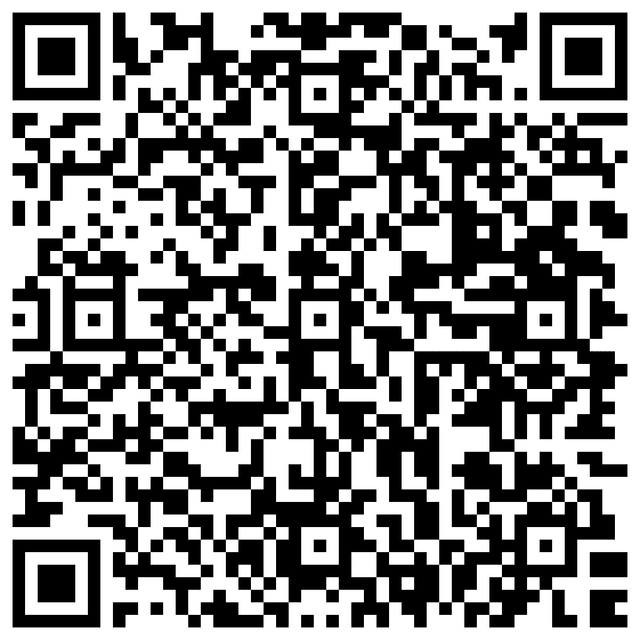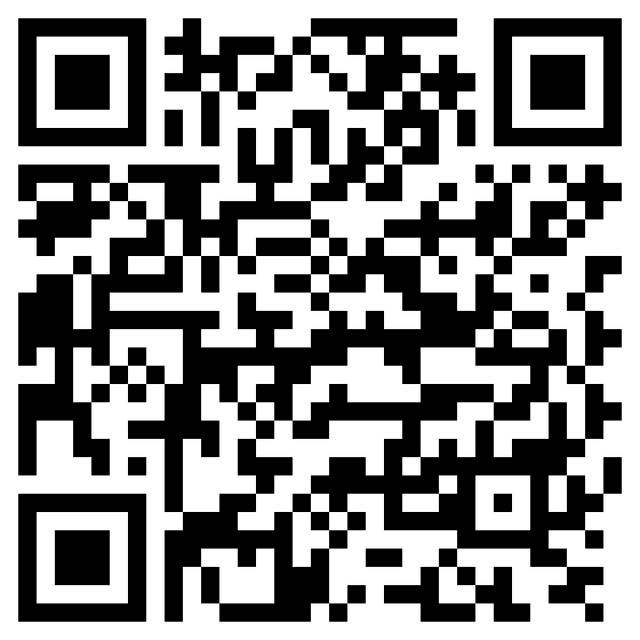
William Pierce Rogers
Former United States Secretary of State
Education
- LLB Law School -
Overview
William Pierce Rogers was an American, politician, diplomat, and attorney. A member of the Republican Party, Rogers was served as the 4th Deputy Attorney-General of the United States (1953–1957) and as the 63rd Attorney-General of the United States (1957–1961) in the administration of Dwight D. Eisenhower, and as the 55th Secretary of State (1969–1973) in the administration of Richard Nixon.
Rogers was a close confidant of Nixon, but National Security Advisor Henry Kissinger overshadowed Rogers and eventually succeeded him as Secretary of State in September 1973. At the time of his death in 2001, Rogers was the last surviving member of the cabinet of Dwight D. Eisenhower.
Career :
After serving about a year as an attorney for a Wall Street law firm, he became an assistant district attorney in 1938 and was appointed by District Attorney Thomas E. Dewey to a 60-man task force aimed at routing out New York City's organized crime.[citation needed]
Rogers entered the Navy in 1942, serving on the USS Intrepid, including her action in the Battle of Okinawa. His final rank was lieutenant commander.[citation needed]
After the war, Rogers joined the United States Congress as a committee counsel. While serving on a Senate committee, Rogers examined documentation from the House Un-American Activities Committee's investigation of Alger Hiss at the request of Representative Richard M. Nixon. He advised Nixon that Hiss had lied and that the case against him should be pursued.[citation needed]
On August 17, 1948, Senator Homer S. Ferguson, chairman of a Senate subcommittee on expenditures in the executive department, stated by speech and letter that the Office of the United States Attorney General had approved its espionage investigation that had started with Elizabeth Bentley on July 28. Ferguson denied that his subcommittee "has in any way interfered with any criminal prosecution." Ferguson's letter explained that counsel William P. Rogers had consulted with the Attorney General's assistants on June 9. He stated that Rogers had "advised them of our purpose and the procedure planned to be followed, the witnesses who were to be called and the questions they would be asked." That evening, Attorney General Tom C. Clark wrote a letter that contradicted Ferguson as to whether and when Ferguson's committee had "cleared" its public hearings with him.
Clark's letter stated it was "incorrect" that by June 9, 1948, Fergusons' subcommittee had told his office about its intention. Instead, the USAG had heard of the subcommittee's intentions as those public hearings started on July 28. Clark wrote, "It is difficult to say how much damage the efforts to arrive at a sound basis for prosecution in the espionage case has been done by the open hearings." The story broke in newspapers next day.
In 1950, Rogers became a partner in a New York City law firm, Dwight, Royall, Harris, Koegel & Caskey. He thereafter returned to the firm when he was not in government service.
Rogers advised Nixon in the slush fund scandal, which led to Nixon's Checkers speech in 1952.
Secretary of State :
Rogers succeeded Dean Rusk as Secretary of State in the Nixon administration from January 22, 1969, to September 3, 1973. Nixon had long distrusted the State Department, whom he had accused under the Truman administration of being staffed with liberal diplomats who were insufficiently anti-communist and who were responsible for the "loss of China" in 1949. Given his dislike of the State Department, Nixon when he came into office in 1969 wanted to conduct his foreign policy via the National Security Council in a bid to marginalize the State Department.
Nixon had selected an ambitious political science professor from Harvard, Henry Kissinger, to be his national security adviser who soon emerged as his main adviser on foreign affairs. Nixon selected Rogers to be the secretary of state because he knew nothing of foreign affairs and was unlikely to assert the interests of the State Department. On Nixon's Inauguration Day, 20 January 1969, Rogers was handed a lengthy volume containing a summary of the world's major issues written by the State Department's leading experts in order to brief him for his new job, leading him to remark in surprise: "You don't expect me to read all this stuff, do you?" Rogers's ignorance of foreign policy issues and his unwillingness to assert the interests of his department duly led to the State Department pushed to the sidelines under his stewardship with the major decisions taken by Kissinger with no input or even the knowledge of Rogers.
Kissinger later said of Rogers, "Few secretaries of state can have been selected because of their president's confidence in their ignorance of foreign policy."
In February 1969, Nixon began to discuss plans to bomb the Viet Cong and North Vietnamese bases just over the border in Cambodia, which Rogers felt was unwise, warning that such an bombing offensive might damage the peace talks in Paris. On 16 March 1969, Rogers attended a meeting at the White House where Nixon discussed Operation Menu, the plans to bomb Cambodia in secret. Though the State Department's experts stated that the main source of weapons for the Viet Cong as the Ho Chi Minh Trail coming down from North Vietnam via Laos, not Cambodia, Rogers had not read their assessments. At the 16 March meeting, Rogers offered the most tepid opposition to the plan to bomb Cambodia, which began the next day.
One of his notable aims was to initiate efforts at a lasting peace in the Arab–Israeli conflict by the so-called Rogers Plan on 3 December 1969. Throughout his tenure, however, his influence was curtailed by Nixon's determination to handle critical foreign policy strategy and execution directly from the White House through his national security adviser Henry Kissinger.
On the night of 21 February 1970, Kissinger first met in secret with the North Vietnamese diplomat Le Duc Tho in a house in Paris suburb, opening a new set of talks that were independent of the official peace talks in Paris. Kissinger only first informed Rogers of the secret talks in Paris parallel to the official talks in February 1971, a year later. On 23 March 1970, Rogers told the press that the United States had the utmost respect for the "neutrality, sovereignty and independence" of Cambodia, stating categorically there no plans to invade Cambodia. In the same press conference, Rogers stated: "We don't anticipate that any request will be made" for help from the new Lon Nol government. Unknown to him, Nixon and Kissinger were already discussing plans to invade Cambodia. On 30 April 1970, the United States invaded Cambodia.
On October 15, 1973, Rogers received the Presidential Medal of Freedom from Nixon. At the same ceremony, his wife, Adele Rogers, was presented with the Presidential Citizens Medal.
Early Life
Rogers was born June 23, 1913, in Norfolk, New York. After the death of his mother, the former Myra Beswick, he was raised during his teen years by his grandparents in the village of Canton, New York. He attended Colgate University, where he was initiated into the Sigma Chi fraternity. He then attended Cornell Law School, where he was an editor of the Cornell Law Quarterly. He received his LL.B. in 1937, graduating fifth in his class of 47 as a member of the Order of the Coif, passing the New York bar in the same year.
Career
- United States - Former Secretary of State



